What is the process of setting gemstones in high-end jewelry necklaces?
Posted on January 21, 2024
In high-end jewelry necklaces, the process of inlaying gemstones is a precise and complex task that usually requires skilled jewelry craftsmen to complete through manual operation. Here are some common gemstone inlay techniques:
Prong Setting:
Prong Setting is one of the most common and traditional inlay methods, which uses metal "claws" or "teeth" to tightly grip the gemstone and lift it slightly from the base, fully displaying the various facets of the gemstone, allowing light to enter and reflect out to the maximum extent possible. According to the number and size of gemstones, 4 claws, 6 claws, or even 8 claws can be set.
Bezel Setting:
Bezel Setting is a method of embedding gemstones completely within a metal frame, with the metal frame highly fitting the outline of the gemstone, providing excellent protection for the gemstone. This inlay method is commonly used for gemstones with low hardness or special shapes.
Pav é Setting:
Pav é Setting is an extremely delicate inlay technique that tightly arranges many small gemstones together, with almost no visible metal base, as if the gemstones directly cover the entire surface, creating a dazzling visual effect. Each small gemstone needs to be independently fixed and ensure that the gap between it and adjacent gemstones is as small as possible.
Channel Setting: Channel setting is the process of slotting inside a metal strip and then neatly embedding a row of gemstones into it. This method can effectively prevent gemstones from loosening, especially suitable for diamonds or gemstones arranged in a straight line.
Gypsy Setting/Flush Setting:
Invisible setting, also known as flat or countersunk, is a gemstone set below the metal surface, only revealing the top of the gemstone, making the entire surface of the jewelry flat and smooth.
Snow Setting:
Snow Setting is a high-end custom inlay method commonly used in top jewelry brands. Its feature is to irregularly set numerous small diamonds of different sizes together like snowflakes, creating a snowflake like effect.
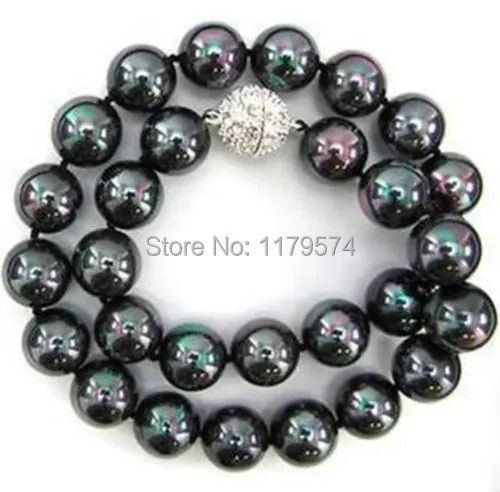
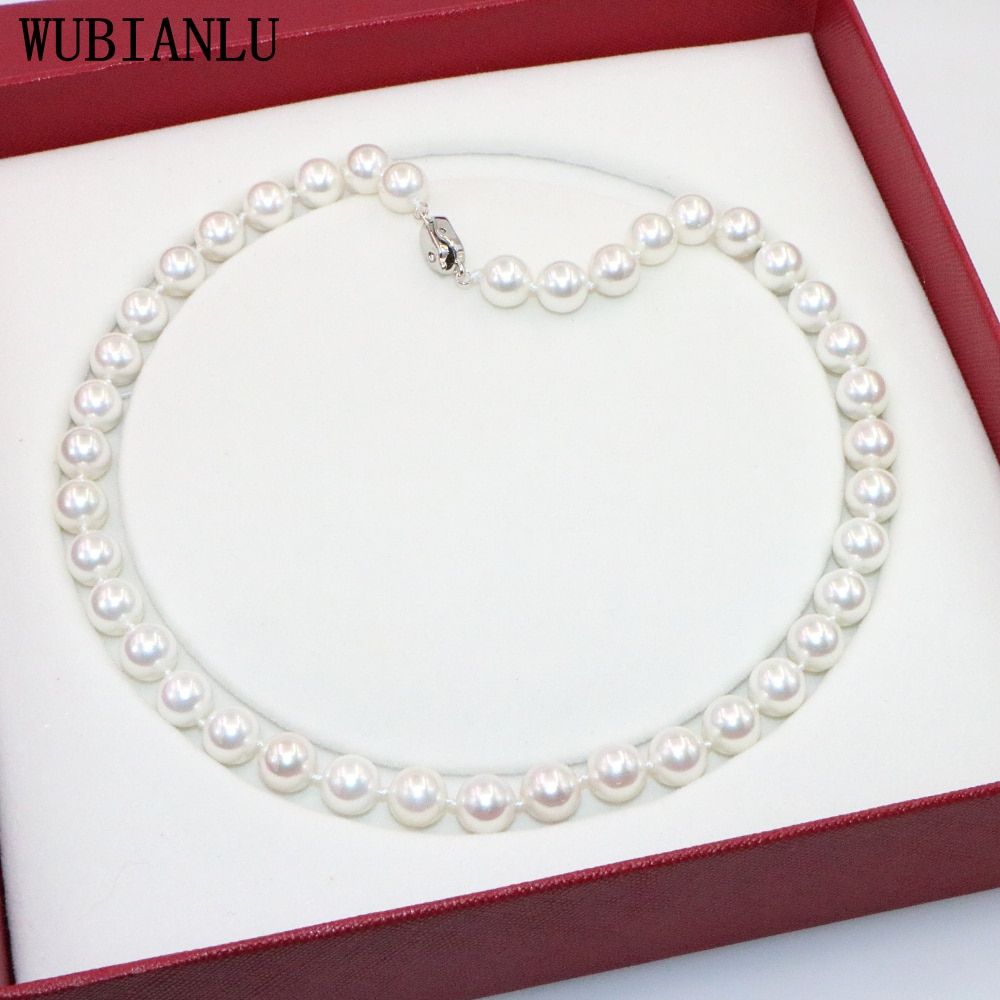
Charm 10mm Black South Sea Shell Pearl Necklace for Women Jewelry Hot New Charming DIY Fashion Jewelry Making Design
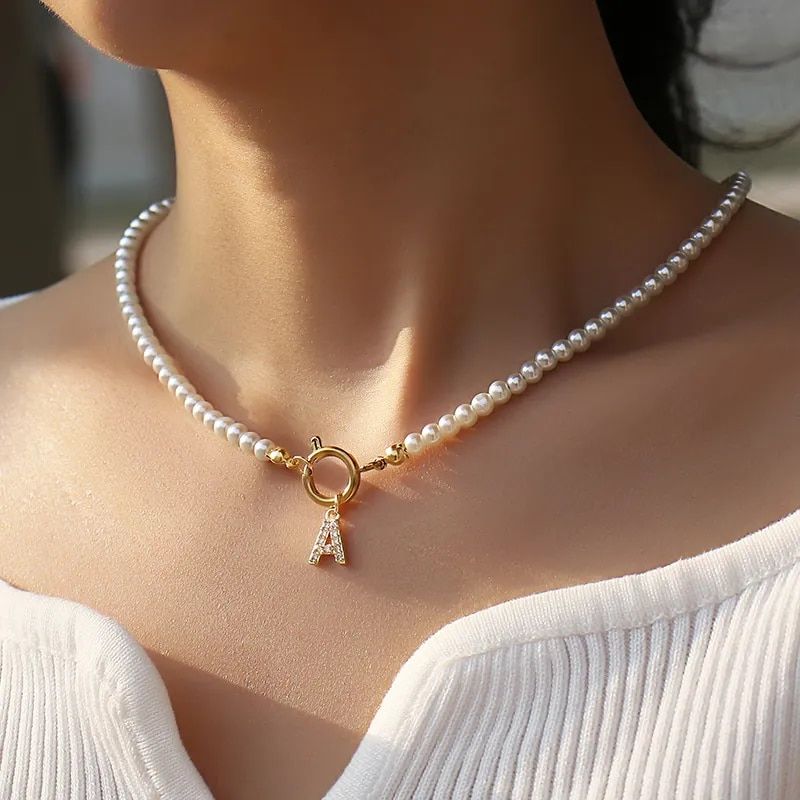
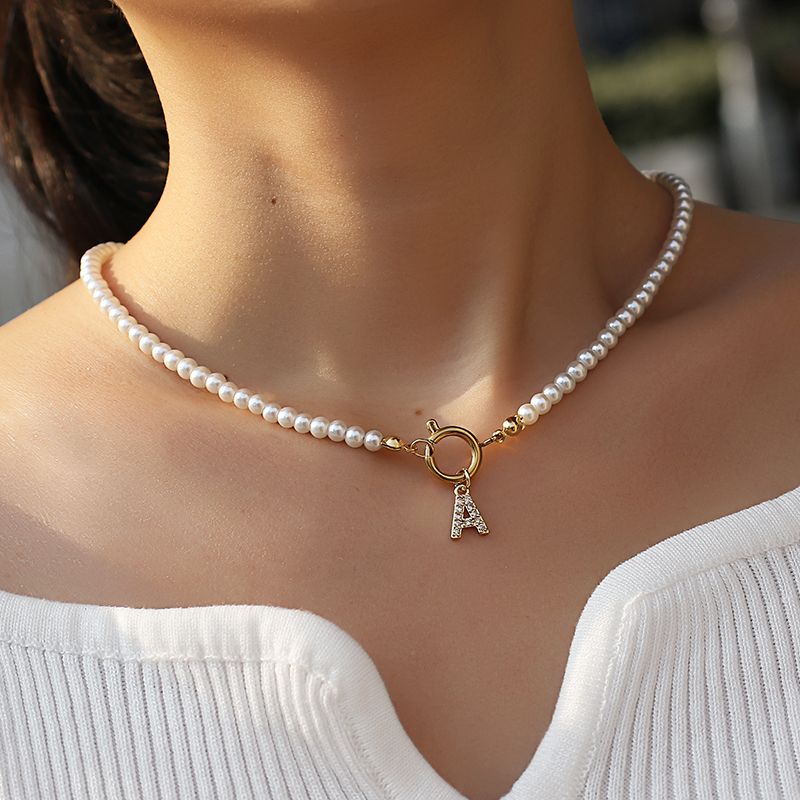
Vintage Pave Cubic 26 Initial Letter Women Necklace Classic 4mm Imitation Pearl Necklace For Women Jewlery Gift
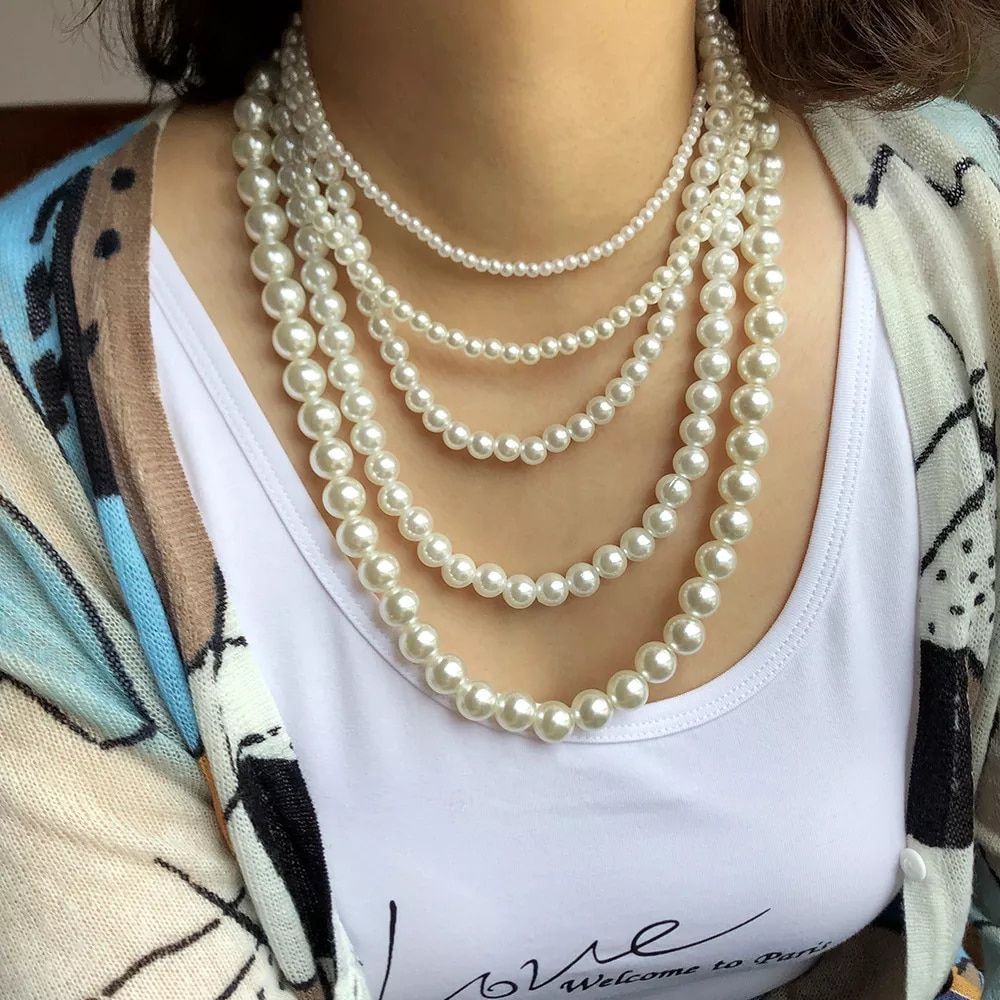
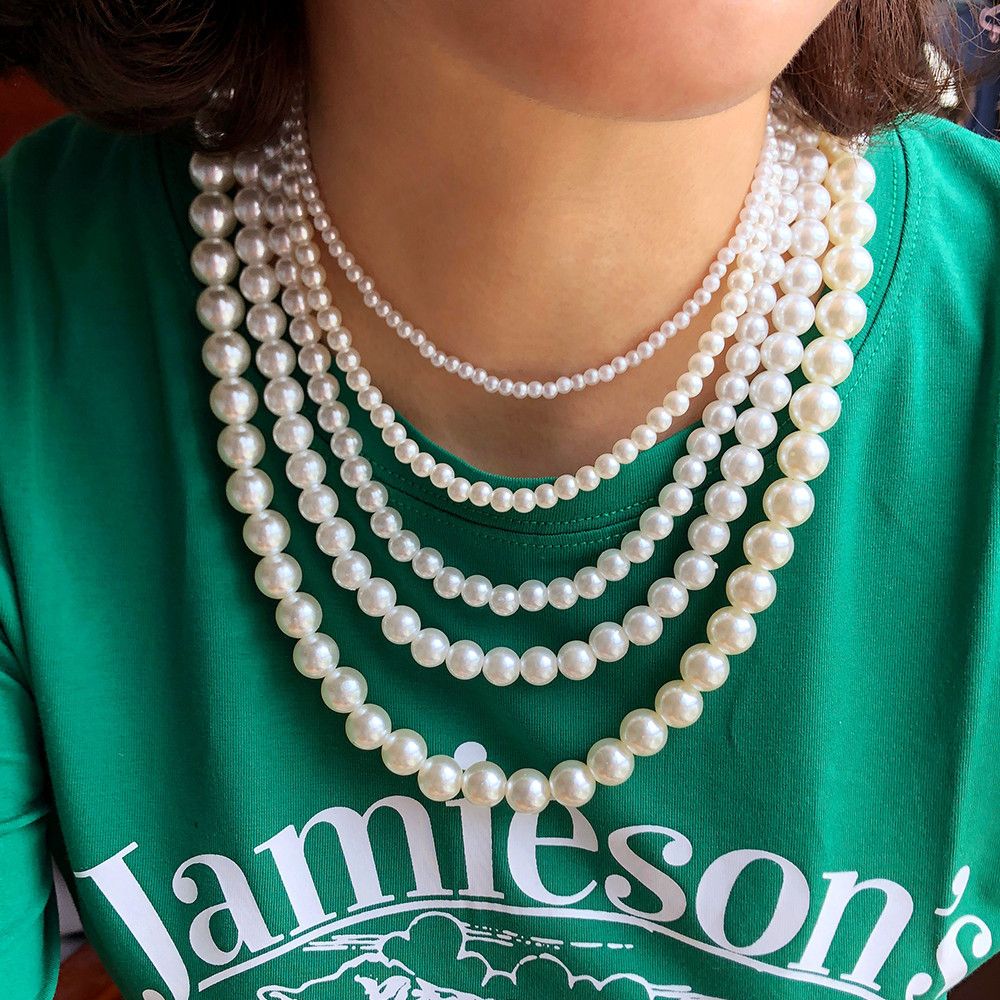
New Fashion White Imitation Pearl Choker Necklace Round Wedding Necklace for Women Men Charm Beaded Jewelry

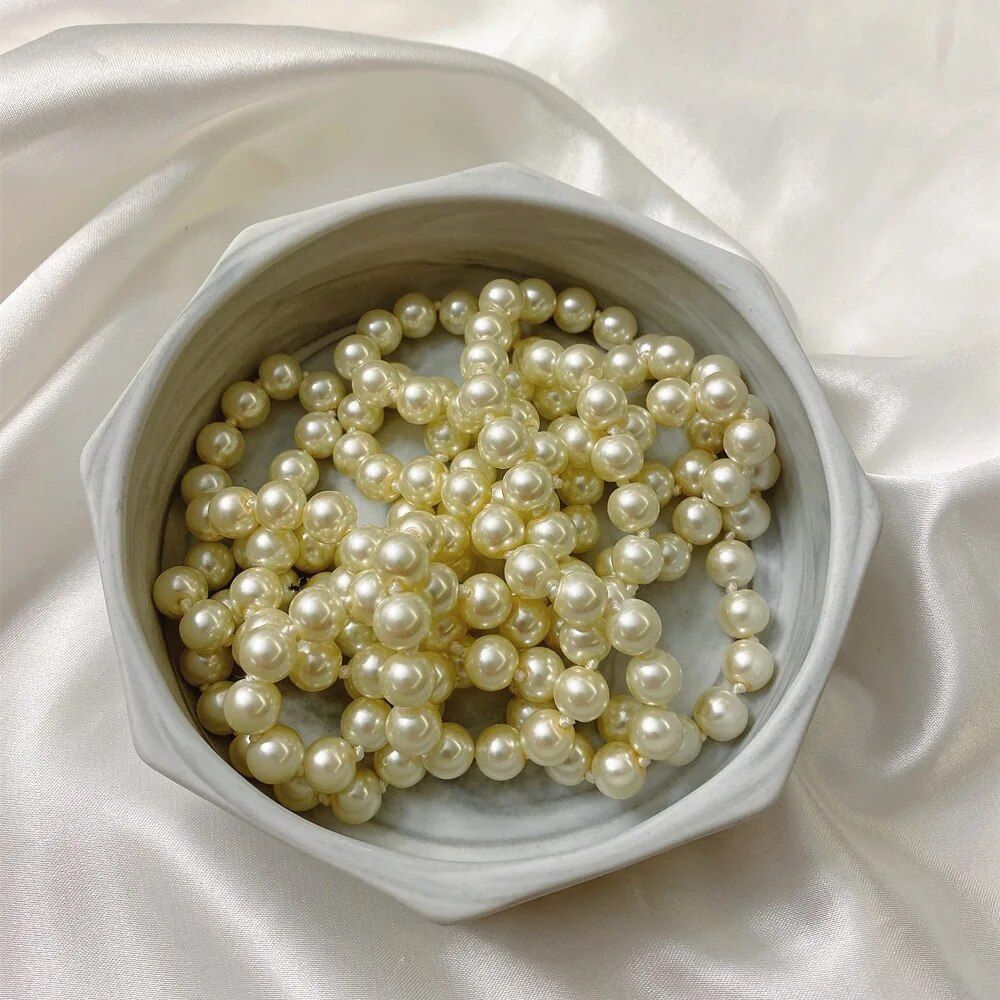
2024 New Elegant Temperament Imitation Pearl Double Long Women Necklace Fashion Temperament Jewelry Party Gifts
Cart
0 Item(s)
